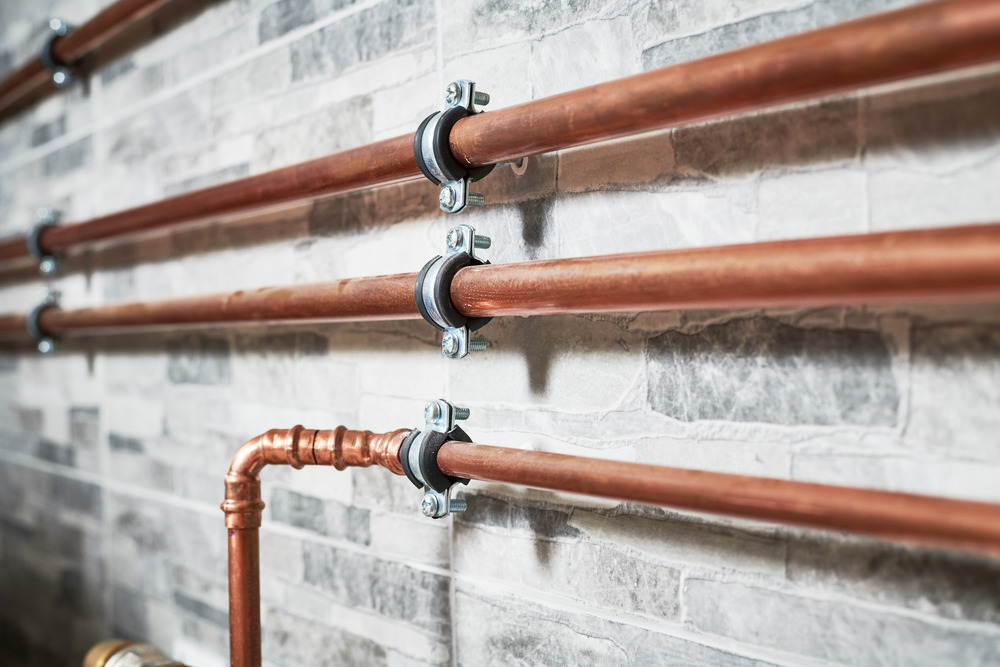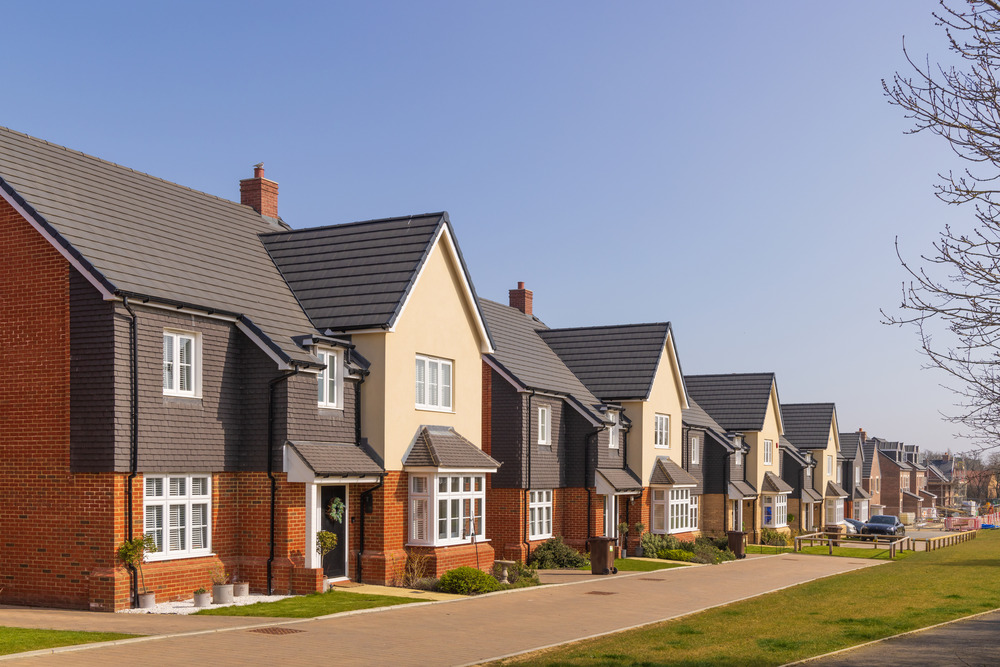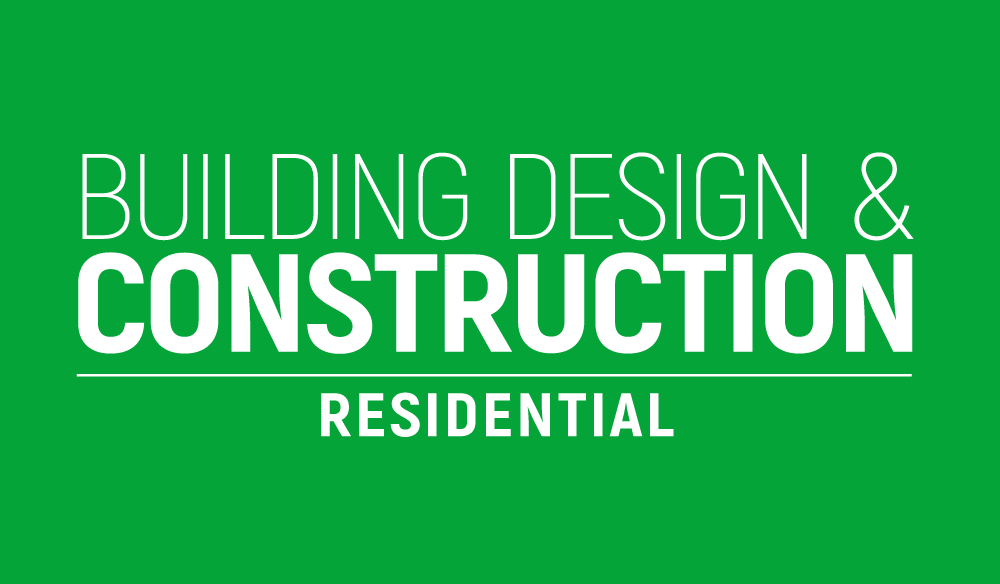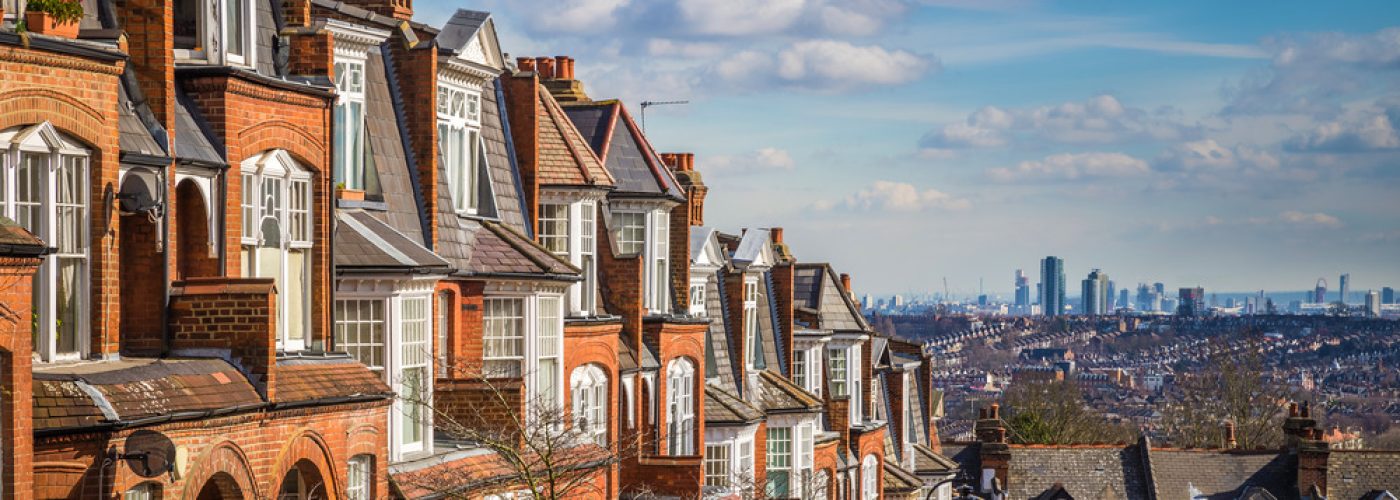It’s no secret that the reputation of new-build housing is increasingly negative among UK residents. They have become synonymous with poor quality, prone to fast wear and tear, and are proving to have less staying power than their older counterparts.
In fact, a 2023 study by the Chartered Institute of Building found that almost a third of people would describe new build housing as ‘poor-quality’, with over half of the respondents believing that older homes are of better quality.
So, what exactly are the reasons behind this belief? Are the answers hidden in the walls, and the construction materials to blame? Or is craftsmanship just no longer as good as it once was?
In this article, the Copper Sustainability Partnership (CuSP) explores how the materials used in new builds compare to those used in the Victorian era, and the impact that new homes are having on their residents and the environment.

How have our homes changed since the 19th century?
The houses of today have both obvious similarities and stark differences to those of the 19th century. Homes built in the Victorian era were made using local stone or hand-crafted brick, due to the ease of transportation compared to heavier materials, whereas in present times bricks are mass produced and imported from further distances to keep costs low.
Following the abolishment of the tax on glass and bricks in the 1850s, bricks were cheaper and therefore more commonly used, and timber and glass became the standard for window and door fittings. In addition, the development of the railway allowed materials to be manufactured elsewhere at a lower cost and transported, catalysing their usage.
In the 21st century, housebuilders are more likely to use plastic fittings in construction, for applications such as pipes, seals, windows, doors, floor coverings, cables and insulation, due to the low cost of the material. This is despite growing evidence showing the adverse environmental and health effects of plastics.
As indoor plumbing was limited in the 1800s, less piping was required. Rather than having an indoor bathroom and toilet, most households had outhouses which often used clay pipes to transport sewage. When indoor plumbing became more mainstream, copper was often the material of choice to transport water and heat and remained so until relatively recently. Now, plastic pipes are unfortunately commonplace in households, as well as commercial buildings.
The use of plastics in modern construction is not just limited to plumbing and fittings; they are also used in flooring, kitchen units and insulation. With plastics being used in all areas of the home, the impact on the reduced longevity of modern houses cannot be overlooked. Not only are plastics less durable and deteriorate more quickly than traditional materials like copper, but they also have associated fire risks, given the highly flammable properties in synthetic materials.
The negative effects of the mass production of plastics cannot be understated; plastic pollution creates serious risks, not just to our homes, but to the environment and human health, impacting our quality of life.

What are environmental impacts of new homes?
With evidence showing the low durability of new-build homes, it comes as no surprise that resident turn-over rate is increasing in the 21st century. As people are moving house more often, the environmental impact is greater – notably with waste generation and the carbon consequences of remodelling and additional construction in new homes.
Many residents of new-build houses have quality concerns. Common issues with new builds range from cosmetic defects such as leaning walls to cracks, poor installation of goods, and faulty pointing. With many expecting a smooth experience in their new home, this is more than often not the desired outcome, and many move out after a few years at the end of their warranty period – as it’s often easier to move than handle the required fixes, remodelling and maintenance.
House flipping, defined as a home sold twice within 12 months, is currently seeing a resurgence with flipping accounting for 2.3% of all house sales in 2022, up from 1.9% the previous year. Newly built houses are often chosen as properties for people to flip. Like the initial new build, flipped houses have garnered a negative reputation for being of poor quality, once again increasing the turnover rate.
Meanwhile, Victorian era houses are perceived as durable and high quality, with over a quarter of the British population living in these types of homes. They are often praised for their high ceilings and large windows, which are often overlooked in modern construction to reduce building time and cost.
Thanks to the prominence of hand-crafted bricks in Victorian era housing, the infrastructure of the housing is very strong. This is also due to the traditional building techniques employed, that prioritised longevity and durability. As there was significantly less technology available, builders relied on attention to detail and craftsmanship, unlike modern construction which depends on machinery and may encounter quality control challenges.
Are modern homes built to last?
It’s clear that Victorian era housing is more durable than the homes being built today, with higher quality materials used in construction, built to last a long time. Modern methods prioritise the cost of and duration of construction projects, with a focus on aesthetics over longevity and safety. The average new build home has a lifespan of just 40-60 years.
However, it isn’t all negative – new technologies have allowed construction methods and the appliances in homes to evolve since the Victorian era. New build homes are highly energy efficient in comparison to older homes, thanks to the latest building regulations which ensure a minimum efficiency standard. You also have the flexibility with a new build home to start from scratch – choosing your kitchen, tiling, bathroom and more, to avoid refurbishment costs later down the line.
Despite modern houses offering some incentives, there remain lessons to be learnt from past construction methods, such as using natural materials in place of plastics and synthetics. Many of the natural materials used to build a home will likely outlast the current owner, some holding for more than 100 years.
Among the most resilient materials are copper pipes and plated wiring, natural stone, all-wood floors, steel or wood exterior doors. The use of these materials means that property owners have a reduced chance of having to replace or address them in their time at the property. In addition to this, natural resources are also much safer to install.
One lesson we can take from the past even predates the Victorians – copper has been used to transport water for over 4,000 years, in many different historical settings from plumbing to electricity to decoration. Unlike plastic, it is fire resistant and infinitely recyclable, rendering it a superior and long-lasting material. For more information on the sustainability credentials of copper, visit: https://www.cuspuk.com/.
Building, Design & Construction Magazine | The Choice of Industry Professionals





